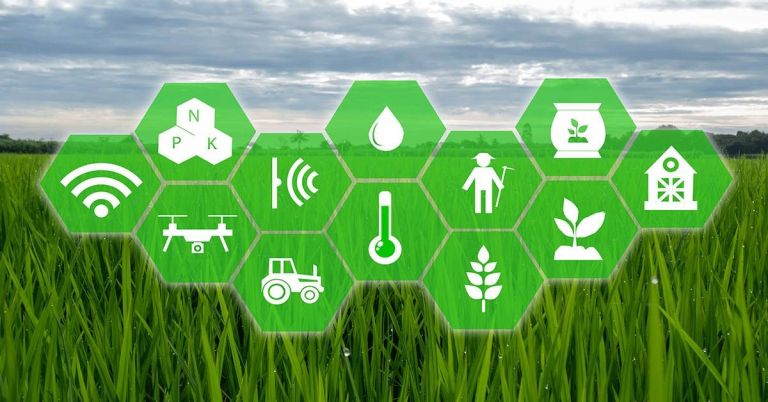Hydraulic O-Rings in Environmental Sealing: Safeguarding Industrial Scissor Lift Tables Against Contaminants
In the realm of industrial machinery, where precision and reliability are paramount, the role of hydraulic systems cannot be overstated. Hydraulic systems power a myriad of equipment, including industrial scissor lift tables, to facilitate efficient material handling and lifting operations. Amidst the demands of industrial environments, the importance of environmental sealing cannot be ignored. This article delves into the significance of hydraulic O-rings in providing robust environmental sealing, safeguarding industrial scissor lift tables against contaminants.
The Crucial Role of Hydraulic O-Rings in Industrial Scissor Lift Tables:
Industrial scissor lift tables, known for their versatility and ability to handle heavy loads, often rely on hydraulic systems for seamless vertical movement. The hydraulic components within these systems, including cylinders and valves, are prone to environmental factors such as dust, moisture, and other contaminants. Hydraulic O-rings emerge as silent guardians, forming a protective barrier against these elements to ensure the longevity and optimal performance of the equipment.
Environmental Sealing: Shielding Against Contaminants:
1. Dust and Particulate Contamination:
– Hydraulic O-rings play a pivotal role in preventing dust and particulate matter from infiltrating critical components. The elastomeric material of O-rings creates a tight seal, keeping abrasive particles away from hydraulic cylinders and valves.
2. Moisture and Liquid Ingress:
– Industrial environments often expose equipment to moisture, posing a threat to hydraulic systems. Hydraulic O-rings act as a barrier, preventing water ingress and safeguarding the hydraulic fluid from contamination. This protection is particularly vital in outdoor or damp working conditions.
3. Chemical Resistance:
– Certain industrial settings involve exposure to harsh chemicals that can degrade hydraulic components. Hydraulic O-rings, selected from chemically resistant materials, act as a barrier against corrosive substances, ensuring the integrity of the hydraulic system over time.
4. Temperature Extremes:
– Industrial scissor lift tables may operate in environments with extreme temperatures. Hydraulic O-rings, when made from temperature-resistant materials, maintain their flexibility and sealing properties across a broad temperature range, offering reliable protection against temperature-induced stresses.
Choosing the Right Hydraulic O-Rings for Industrial Scissor Lift Tables:
Selecting the appropriate hydraulic O-rings for scissor lift tables is a critical decision, impacting the overall performance and lifespan of the equipment. Considerations include:
1. Material Compatibility:
– Choosing O-ring materials compatible with hydraulic fluids, ensuring longevity and preventing degradation.
2. Size and Dimension:
– Accurate sizing according to industry standards, such as AS568, to guarantee a secure and effective seal.
3. Pressure and Temperature Ratings:
– Selecting O-rings with pressure and temperature ratings suitable for the specific operating conditions of the industrial scissor lift table.
4. Chemical Resistance:
– Assessing the chemical environment to choose O-ring materials resistant to the substances present in the industrial setting.
5. Installation and Maintenance Considerations:
– Following proper installation procedures and implementing routine maintenance practices to ensure the ongoing effectiveness of the O-rings.
Challenges in Environmental Sealing and Solutions:
Despite the robust nature of hydraulic O-rings, challenges may arise in maintaining effective environmental sealing. Addressing these challenges involves:
1. Wear and Tear:
– Regular inspection and replacement of O-rings at scheduled intervals to prevent wear and tear, ensuring continuous environmental sealing.
2. Incorrect Installation:
– Proper training of personnel to ensure correct installation techniques, preventing issues such as misalignment or pinching that could compromise the sealing integrity.
3. Chemical Exposure:
– Monitoring the industrial environment for changes in chemical exposure and adapting O-ring materials accordingly to maintain chemical resistance.
4. Temperature Fluctuations:
– Employing O-rings with wider temperature tolerances or installing additional measures, such as thermal insulation, to counteract the impact of extreme temperature fluctuations.
Benefits Beyond Contaminant Protection:
While the primary function of hydraulic O-rings in scissor lift tables is environmental sealing, their benefits extend beyond protection against contaminants:
1. Reduced Downtime:
– Effective environmental sealing minimizes the risk of hydraulic system failures due to contamination, reducing downtime and optimizing productivity.
2. Extended Component Lifespan:
– The protection afforded by O-rings contributes to the longevity of hydraulic components, leading to fewer replacements and lower maintenance costs.
3. Enhanced System Efficiency:
– By preventing contaminants from affecting hydraulic fluid properties, O-rings contribute to the overall efficiency and smooth operation of the scissor lift table.
4. Cost Savings:
– The upfront investment in high-quality hydraulic O-rings translates into long-term cost savings by preventing premature wear, damage, and the need for frequent replacements.
Future Trends: Advancements in Environmental Sealing for Hydraulic Systems:
The evolution of hydraulic O-rings continues with ongoing advancements aimed at improving environmental sealing:
1. Nanotechnology Integration:
– The integration of nanotechnology in O-ring manufacturing to enhance material properties, providing superior resistance to wear, abrasion, and chemical exposure.
2. Smart O-Ring Sensors:
– The development of smart O-ring sensors equipped with IoT capabilities, allowing real-time monitoring of O-ring condition and providing predictive maintenance insights.
3. Biodegradable Materials:
– Exploration of biodegradable O-ring materials to align with broader environmental sustainability goals.
Conclusion:
In the dynamic landscape of industrial machinery, where reliability and efficiency are paramount, hydraulic O-rings stand as unsung heroes, providing vital environmental sealing for equipment like industrial scissor lift tables. The industrial scissor lift table intertwines with the narrative, highlighting the specific relevance of hydraulic O-rings in this context. As technology advances and industries continue to evolve, the role of hydraulic O-rings will remain integral in safeguarding hydraulic systems against contaminants. The ongoing pursuit of innovative materials, smart technologies, and sustainable solutions underscores the commitment to a future where hydraulic systems operate seamlessly, protected by the reliable sealing capabilities of hydraulic O-rings.






